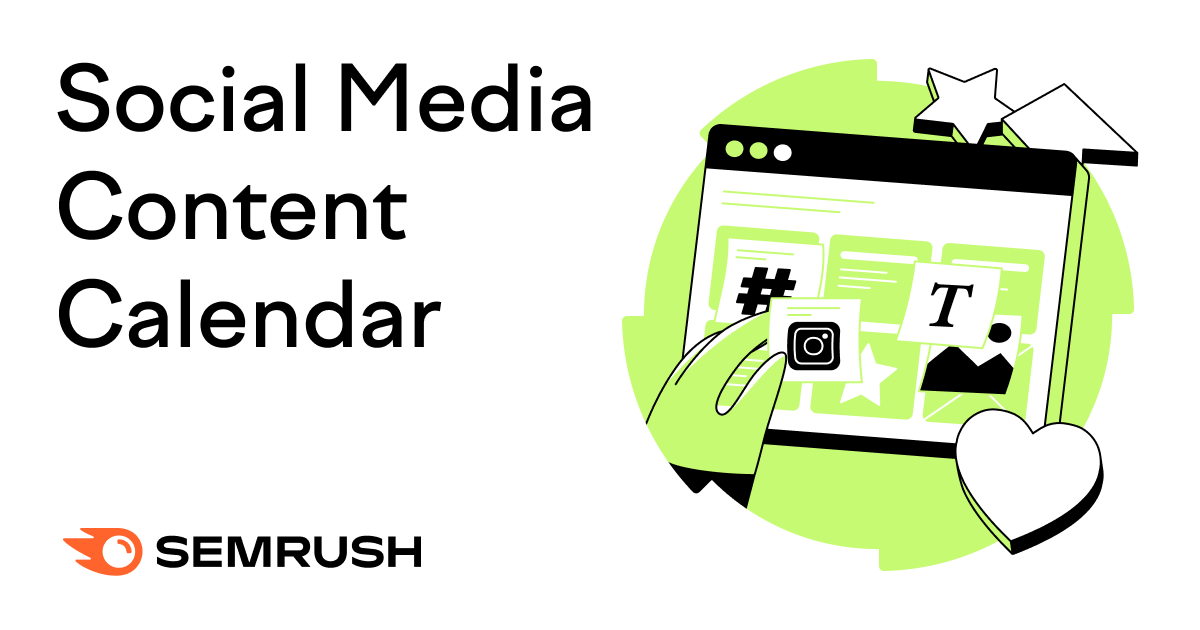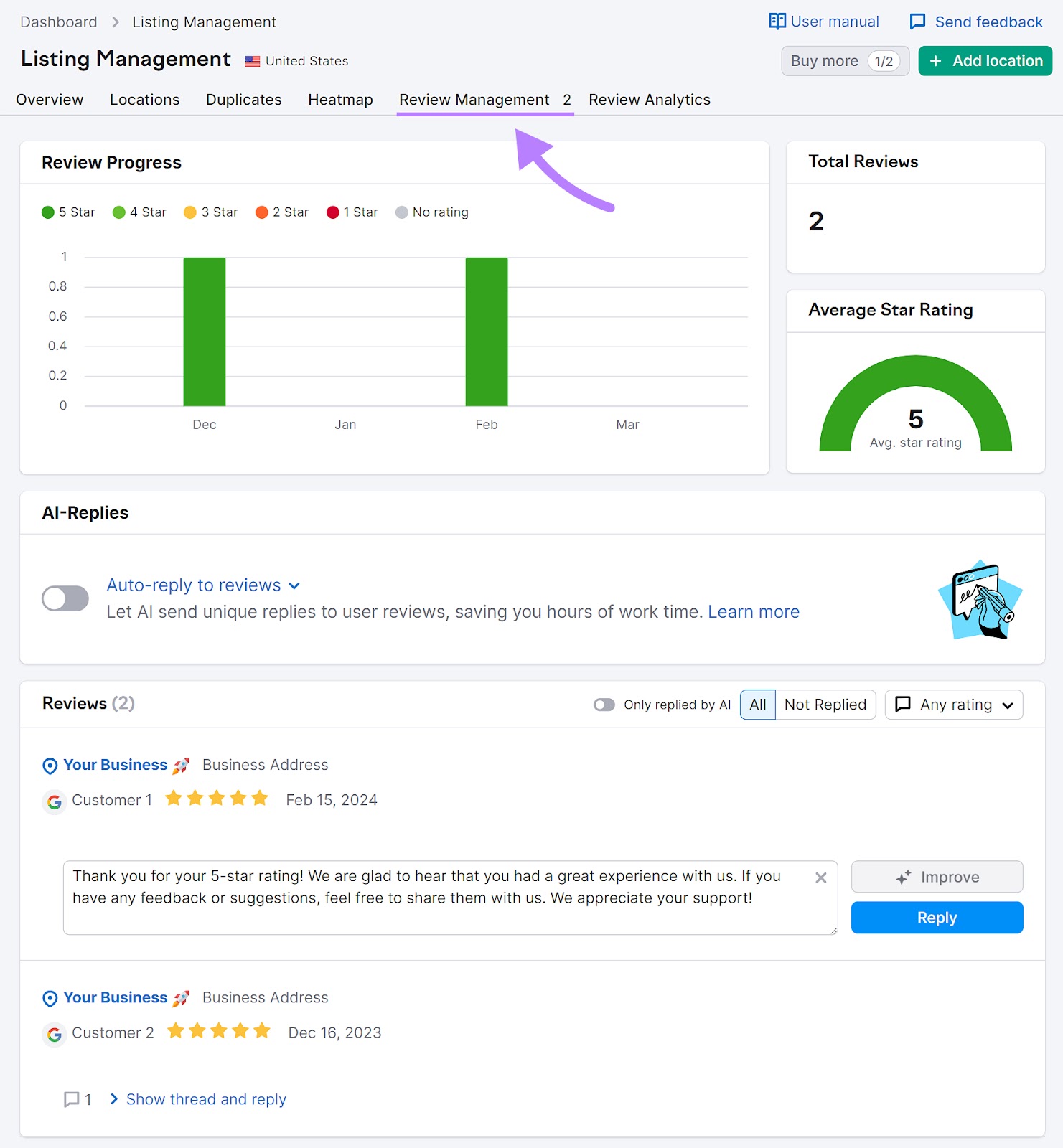
The following is a blog post checklist we use at Pacelab to ensure all of our SEO posts are optimized for the keyword we’re trying to rank them for. Feel free to incorporate this checklist (or a variation of it) into your own SEO program.
Not every single item on the checklist needs to make it into every SEO post, but we generally try to hit as many of them as possible. That being said, readability and a good user experience is always more important than having a “perfectly” optimized blog post!
-
Does the post answer the searcher’s intent?
Google has one primary goal: to show searchers the web pages that will give them exactly what they’re looking for. We can think of every search keyword as a “question,” and it’s our job to answer that question better than anyone else on the internet.
For example, someone might search for “how to make extra money.” Our first instinct might be to write an in-depth article on freelancing (since we sell products about freelancing). But that’s only one way to make extra money. A better approach would be to write an article showing readers ALL the possible ways to make extra money, which ones we recommend, and which ones we think they should avoid.
-
Is the post at least 2,000 words or more?
This isn’t a hard requirement, but it’s a helpful guideline to gauge how much depth we’ve added to the article. Hitting a word count for the word count’s sake won’t get us anywhere. But adding twice as much depth to an article and writing the best possible post on that topic will help us increase rankings.
Google wants the single best piece of content on every topic — so let’s give it to them!
2,000 words is a good rule of thumb on whether or not we’ve added enough depth to a given post.
-
Place the keyword in 5 locations
-
- The post title
- The closer the keyword is to the FRONT of the title, the
- An easy way to do this is with this title format: Your Keyword – Your Catchy Copy
- For example: Early Retirement – Quit Working Earlier Than You Ever Thought Possible
- The post URL (more on this later)
- The body content
- Do this at least three times, and at least once within the first 100 words of content
- In at least one subhead within the post
- The alt attribute on at least one image
- The post title
Keep in mind that we do NOT want to “keyword stuff” our content. Higher keyword frequency does not necessarily lead to higher rankings. Once we hit the 5 primary locations listed above, we can move on.
Also, the keyword should feel completely natural in every placement; it should never look like we forced the keyword into a location. For example, the alt attribute on the image should not just be a keyword, it should also describe the image using the keyword. If this doesn’t work with the image, we probably need a better image that’s more on topic.
-
Use 3 “secondary” keywords in the post
A secondary keyword is basically just a synonym or keyword that’s related to our primary keyword. They’re also known as Latent Semantic Indexing (LSI) keywords.
In addition to our primary keyword being used in the locations above, we also want to find 3 other keyword variants to include in the post. Finding 3 other keywords and using each of them once in the body should be enough — no need to cram them into headlines, subheads, or URLs.
Where do we get these keywords? Two locations, both from Google:
❱ The “Keyword suggestions” at the bottom of the search results
❱ The “People also ask” box (if there is one)
Let’s use the keyword “early retirement” as an example.
As we mentioned earlier, you definitely want to get your keyword into the URL of the post. But an even better approach is to make the keyword the entire URL.
Here’s an example: Let’s say my keyword is “how to become rich.”
This URL is OK: anyone-can-take-to-become-rich/
But this URL would have been even better: https://www.iwillteachyoutoberich.com/blog/how-to-become-rich/
Whenever publishing a new SEO post, only use the primary target keyword as the URL. Don’t add anything else.
This does NOT apply to old posts. We do not want to change URLs on posts that are already live, as that can tank our rankings if we’re not careful. So this step only applies to brand new SEO posts that we publish going forward. (The above example is an old post, which is why it doesn’t follow this convention. Oh well!).
-
Embed at least one image and/or one video, if possible
Don’t try to force this though. It’s more important to use high quality images and videos that support the searcher’s intent. Irrelevant stock photos or videos won’t get us anywhere.
Also, mix up the images and videos that we’re using on new posts. If we keep embedding the same images and videos, over and over, not only do we risk duplicate content, it’s not a great experience for our regular readers. If we’re going to use an image or video more than once, try to do it only every few months or so.
If you find that we need more videos or images on a particular topic, bring this up during one of our SEO calls. We can find a way to put in a design request of get topics added to our YouTube calendar so you have more options.
-
Link to 2-3 other posts on our own site
❱ They can be placed anywhere within the post
❱ The text of the link to the other articles should describe the post that is being linked to. E.g. Four ways to ask for a raise is a great way to link to our salary negotiation guide.
-
Finally, add 2-3 outbound links to other sites
Linking to relevant, high-quality content helps Google know that we’re trustworthy. Find 2-3 great resources relevant to the keyword topic and make sure we link to them.
As a general rule, don’t link to other pages that are competing for the same keyword that you’re writing the post for. That will give the other page a stronger ranking and make it more difficult for us to rank the new SEO post.
Request a free website audit today or call us at +91-9717778130 to start using SEO for your website!



